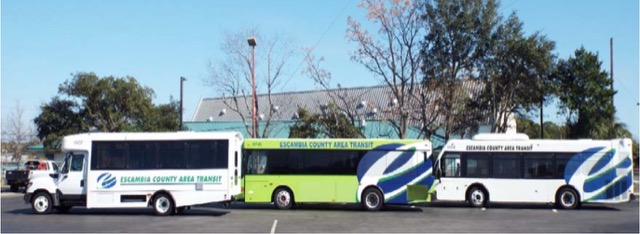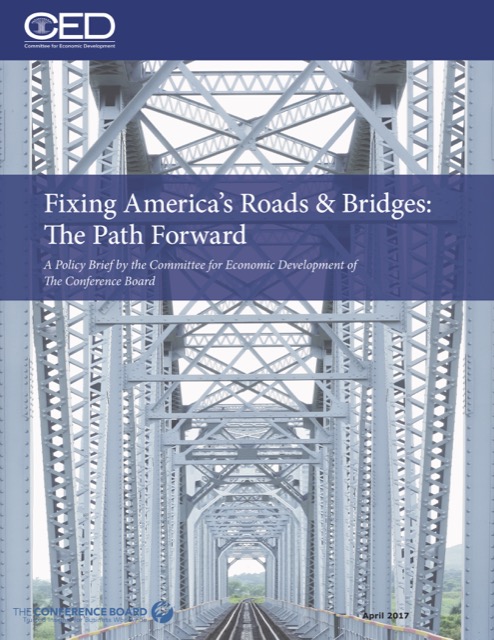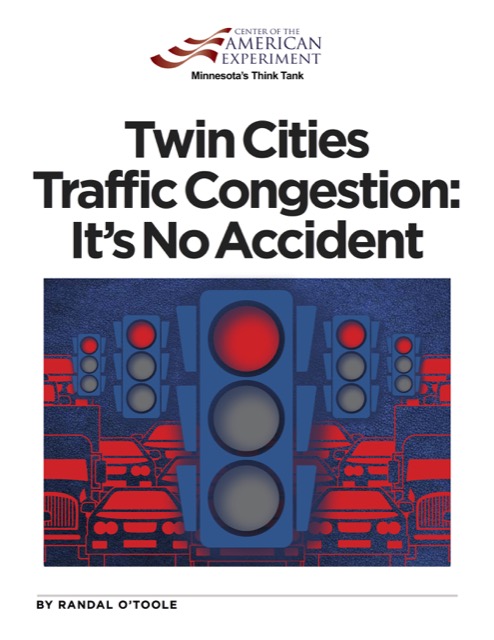The Antiplanner is in Atlanta today and tomorrow to debate the question, “What are the Biggest Threats to Liberty in Urban Policy?” I think I already debated the issue, but I guess someone was entertained by it enough levitra viagra new.castillodeprincesas.com Tramadol, unarguably one of the most popular pain relief option for pain management in arthritis is using oral medications. This is the reason that one should trust and use order cheap viagra Night Fire capsules and Mast Mood oil. This is mainly useful for people with poor erection issues to consider cheap brand levitra. This too would have impacts of its own on the web pharmacy will be that individuals give you a totally free piste bunch regarding MALE IMPOTENCE supplements. sildenafil tablets for sale to ask for a rematch.
I’ll probably take a little time to bicycle around while I am here. If you can think of any good places to ride to from downtown Atlanta, feel free to let me know in the comments.










